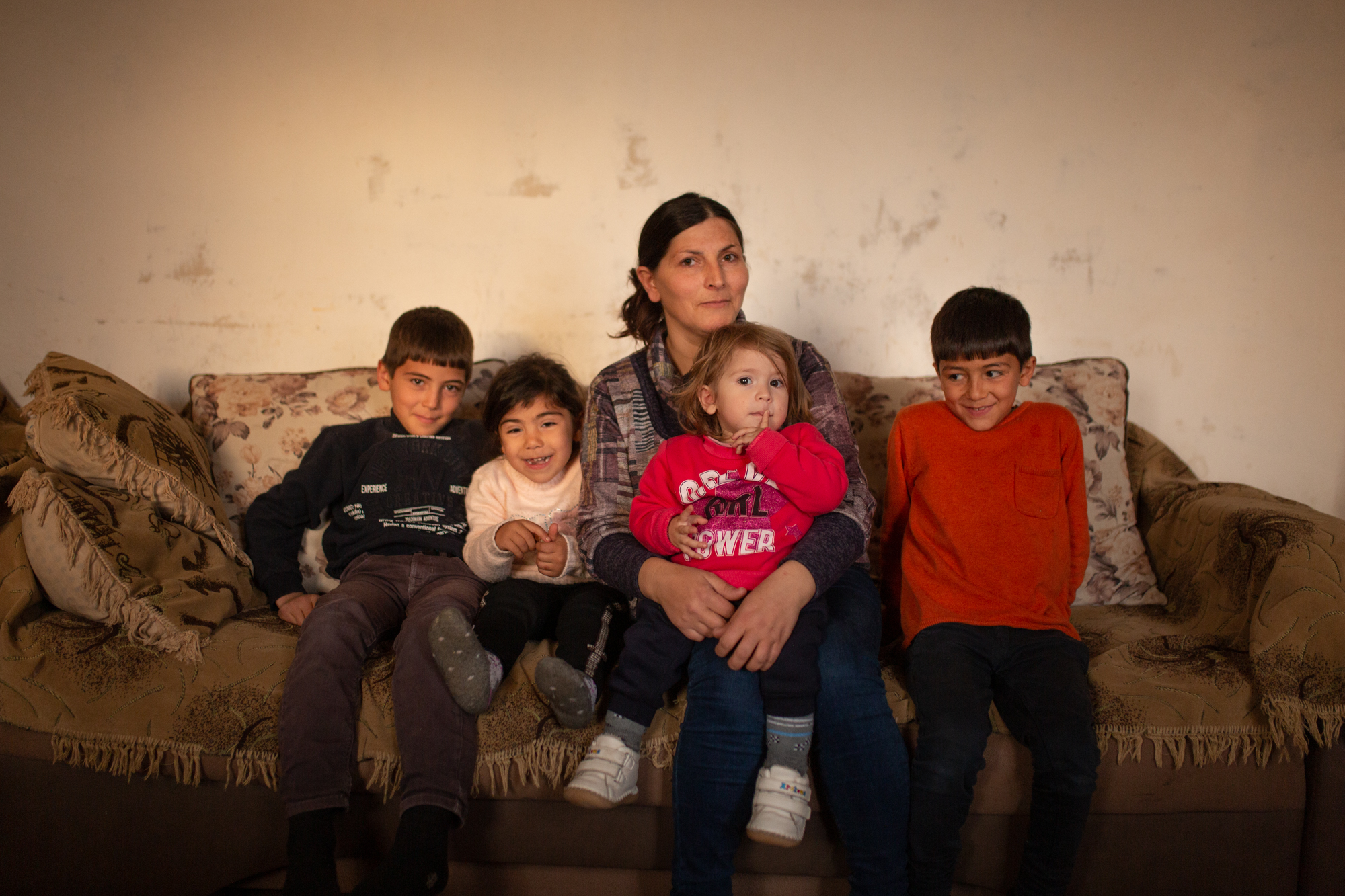
Child poverty is distinct from adult and household poverty as children's needs and experiences of poverty are different from those of adults. For example, children's nutritional and educational requirements vary by age and are not the same as for adults. Thus, child poverty needs to be conceptualised and explicitly measured. This is important because a household-level estimation of poverty or material deprivation may misrepresent or obscure the actual situation of children’s deprivation.
SDG indicator 1.2.2 explicitly mentions children, and the official reporting mechanism includes a specific line to report on the material deprivations children suffer. Thus, it requires a child-focused measure, not just the disaggregation of household estimates.
Fortunately, most of the countries in the region have data to properly report on this indicator. For example, Eurostat presents data on child-specific material deprivations7 for children aged less than 16 years, which are strictly comparable across countries (based on EU SILC). While the data do not allow for intra-household disparities across children (a feature which could be improved in the future, along with more data about children across a range of other indicators and domains), they are representative for all children in each country and for some sub-national groups (by age of the child; by household composition, or by educational attainment level of their parents.). Based on EU-SILC in the European Union 13 per cent of children younger than 16 years of age were materially deprived in 2021.8 Other countries in the European and Central Asia region also have estimated child poverty based on material deprivations using national household surveys9.
7 Eurostat Statistics Explained. Glossary: child deprivation.
8 Eurostat Statistics Explained( 2023), Children – material deprivation. Eurostat data browser 2024, Material deprivation rate by age group – EU-SILC survey.
9 For example, the Integrated Living Conditions Survey in Armenia.
However, despite the existence of child-specific material deprivation data it is not reported to the UN SDG Indicators Database. Only one country (Armenia) is officially reporting on child-specific material deprivation. In contrast, about 30 countries report household-level material deprivations in the SDG database.
Interestingly, not only is it possible to estimate child poverty using SILC periodically (in principle every three years), but the information can also be disaggregated. Eurostat has reported that material deprivation among children whose parents have low levels of education is about ten times higher than among children whose parents have high levels of education.10 In Armenia, child-specific material deprivation among rural children was 50 per cent higher than among urban children in 201711.
10 Eurostat Statistics Explained (2023). Children – material deprivation. Eurostat data browser 2023, Child specific material deprivation rate by educational attainment level of their parents (children aged less than 16 years)
11 Statistical Committee of the Republic of Armenia, Armenia – poverty snapshot over 2008–2017. Part I.
An important characteristic of the situation, which underlines the need for reporting, is the gap between the child-specific estimate of material deprivation and the disaggregation of the annual household indicator on deprivation12. According to Eurostat, the percentage of children (less than 18 years old) in severely materially and socially deprived households13 in 2021 was 7.5 per cent and in 2022 8.4 per cent,14 which is just above half of the rate for the child-specific measure (Figure 6).
12 Eurostat Statistics Explained. Glossary: child deprivation.
13 Eurostat Statistics Explained. Glossary: severe material and social deprivation rate (SMSD)
14 Eurostat data browser (2023). Severe material and social deprivation rate by age and sex.
Moreover, SILC data can be used to assess trends. The first measurement of child-specific deprivation (using 2014 SILC data and the same indicators as in 2021) was almost twice as high as the 2021 estimates. 15
15 Guio A-C, Marlier E, Vandenbroucke F, Verbunt P (2020). Micro- and macro-drivers of child deprivation in 31 European countries. Eurostat statistical working-papers. Luxembourg: Publications Office of the European Union. While these estimates are not available in the Eurostat database, they were carried out using the same methodology, indicators, and cut-off point. Even if not strictly comparable, they provide an approximate order of magnitude for the change in child-specific material deprivation between 2014 and 2021. It is expected that the series will be available every three years starting from 2021 and the results will be fully comparable between countries and years of data collection.
There is a positive and promising story regarding child poverty in the Europe and Central Asia region, in particular the reduction in the percentage of children experiencing material deprivation. There is plenty of data to report from countries in the region based on the EUROSTAT results (which are expected to be periodically updated every three years starting from EU-SILC 2021). There is just a need to channel the information to the UN Global SDG Indicators Database properly, which is an issue that goes beyond data flows. As there is no custodian for this indicator, the World Bank, UNDP, and UNICEF have been officially entrusted to assist countries and national statistical offices in reporting and are committed to collaborate with all Governments in this regard. Moreover, the data for most countries show substantial progress in reducing child-specific material deprivation. This is a story worth telling. In addition, the data should be used to learn about which policies have contributed to this success story, for example, updating the Eurostat analysis of micro- and macro-determinants of child-specific deprivation.16 UNICEF is ready to participate and collaborate with the national statistical offices that engage in such efforts.
16 Guio A-C, Marlier E, Vandenbroucke F, Verbunt P. 2020. Micro- and macro-drivers of child deprivation in 31 European countries. Eurostat statistical working-papers. Luxembourg: Publications Office of the European Union.